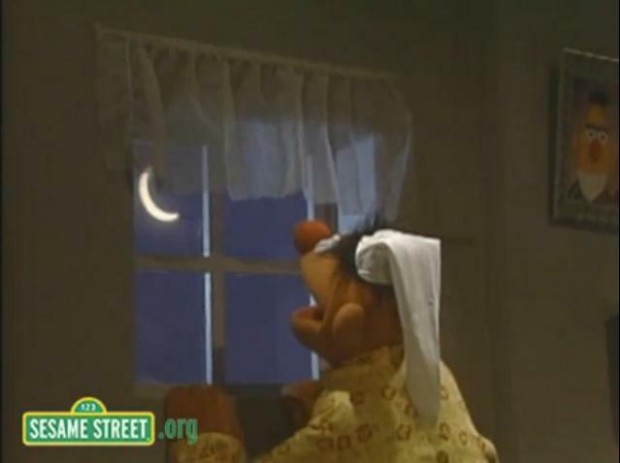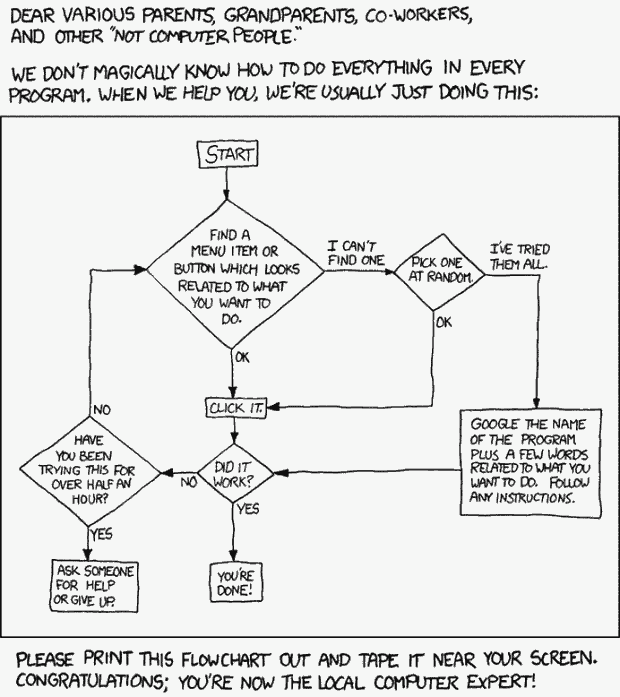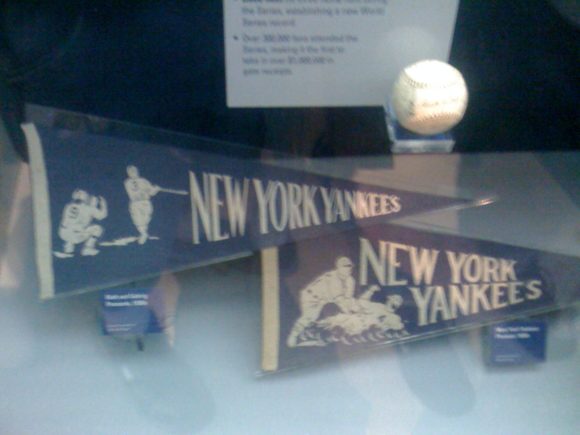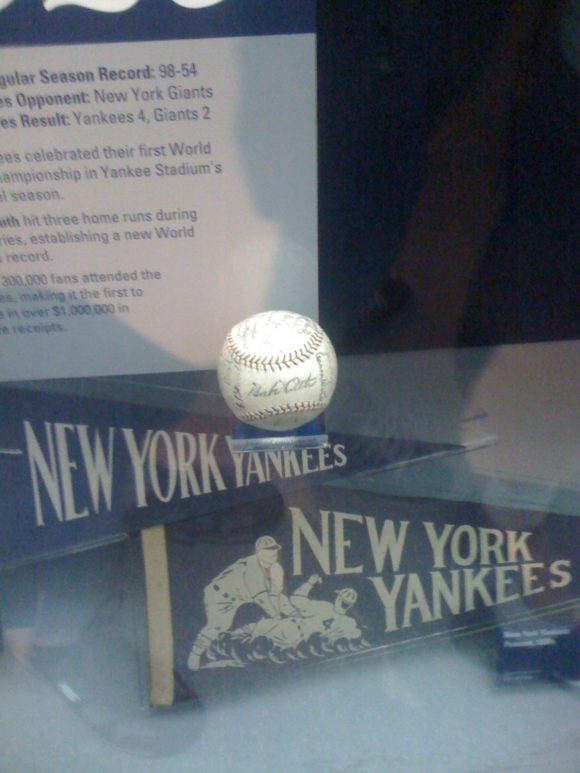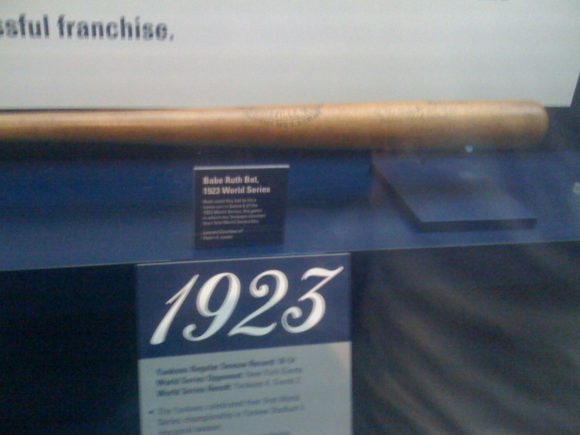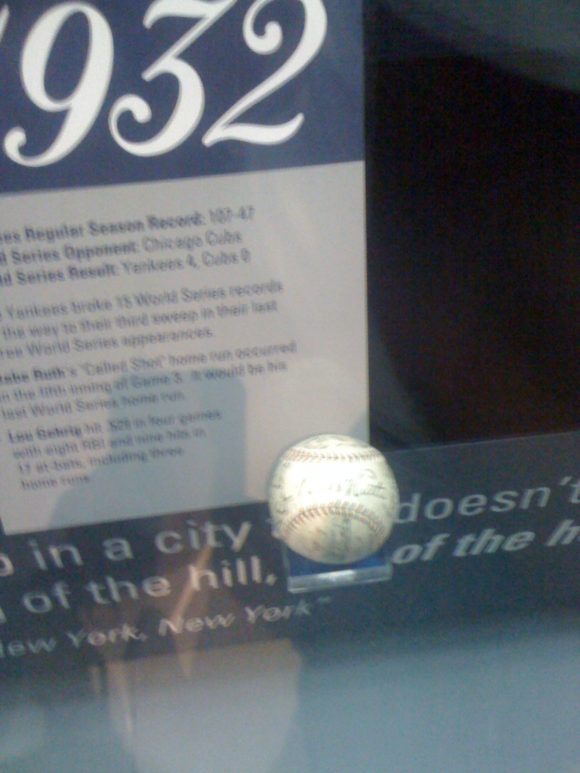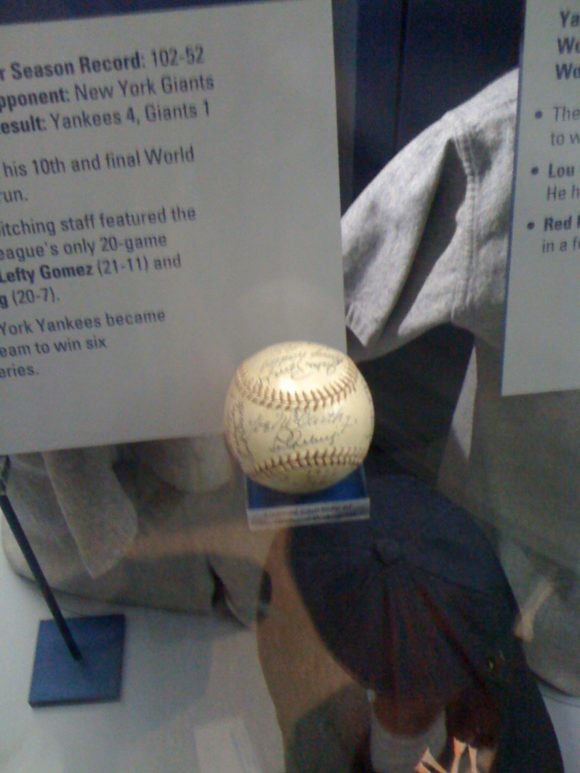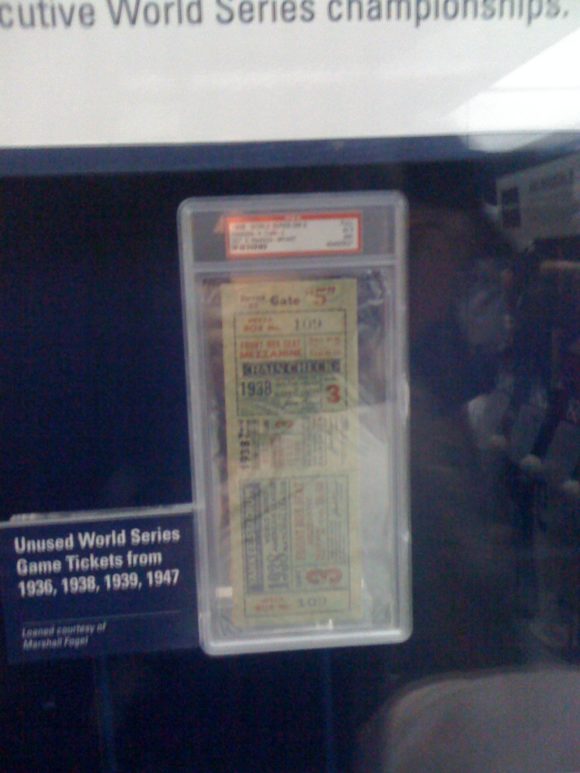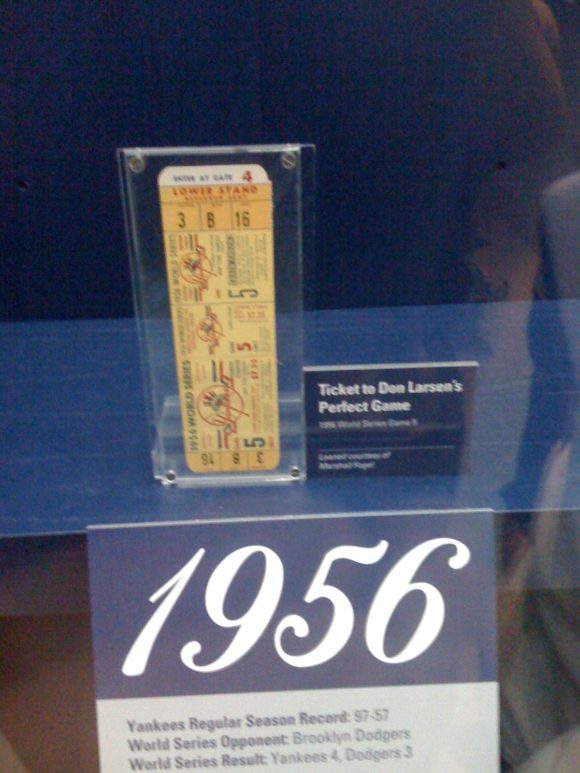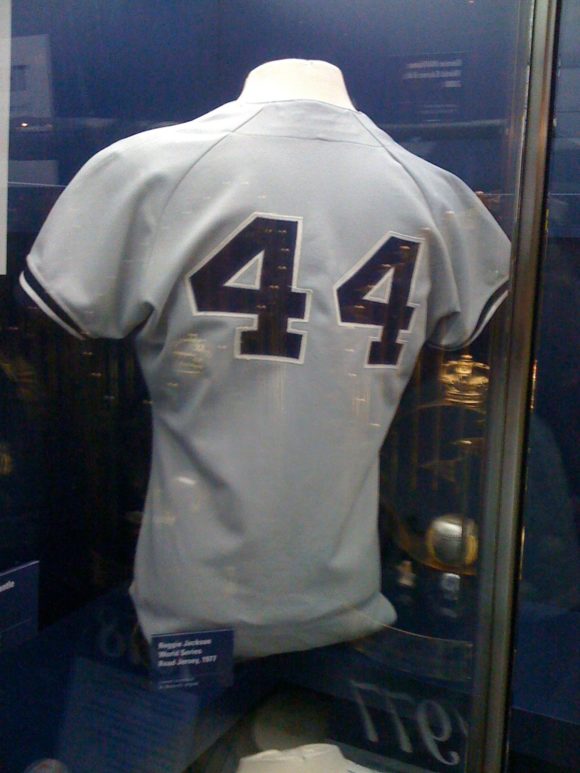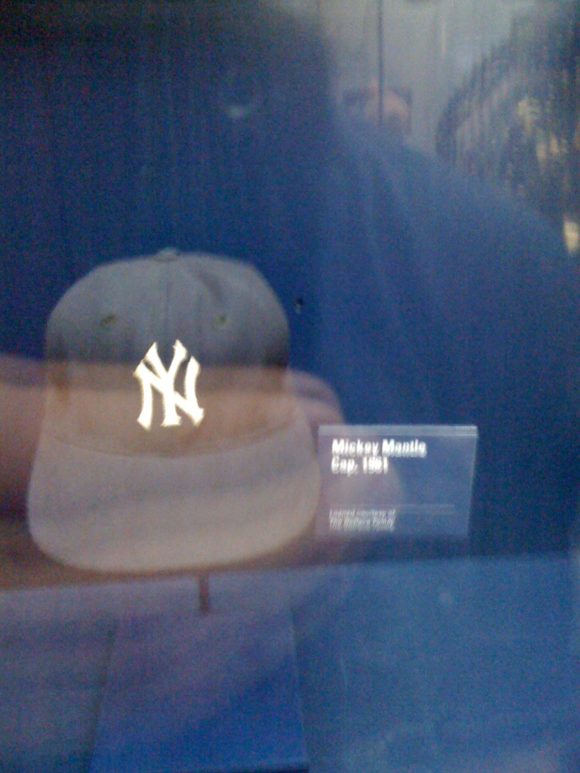Google today announced they are buying On2 Technologies. This is one of their more significant purchases despite the relatively low price tag of $106.5 million since it’s video technology and Google is the largest video source on the web right now.
On2 is really an unknown to most people but their product has an amazing reach thanks to Adobe Flash. VP6 notably was included in Flash 8 and really brought about the age of Flash video (think YouTube). On2 also has VP7 which is considered a H.264 competitor. VP3 was released as open source and lives on as OGG Theora.
Of course by buying On2 Google will not need to pay any licensing for it’s VP7 technology, they can then bundle it into Chrome, Android and Google Chrome OS (finally giving Linux decent web video support). They could also open source it similar to these platforms in hopes that it will gain ubiquity.
This does however leave me wondering if this pending On2 deal had any bearing on the decision to leave HTML 5 <video/> codec ambiguous. It’s noteworthy since Google is very involved in the HTML 5 efforts. As I mentioned last month licensing is really key. If VP7 were open sourced and it’s licensing were compatible to meet Apple and Mozilla’s needs (which could lead to inclusion in Safari and Firefox respectively), OGG Theora is potentially dead overnight. Given Google’s strategy so far of making technology open source in efforts to encourage adoption, I wouldn’t rule this out, though it would likely take a while to evaluate everything and make sure they legally have that option. Timeline could also come into play here. The web isn’t necessarily going to wait for Google. These reviews can potentially take a long time. No guarantee others will incorporate it either, though it’s a pretty good deal should licensing work.
It’s also interesting that now Microsoft has Windows Media Player, Apple has QuickTime, and Google has On2’s codec bundle. It’s not exactly a “player”, but considering it’s usage it’s just as important.
It’s going to be very interesting to see how this plays out. One thing that seems relatively certain is that Google just made web video more interesting.

